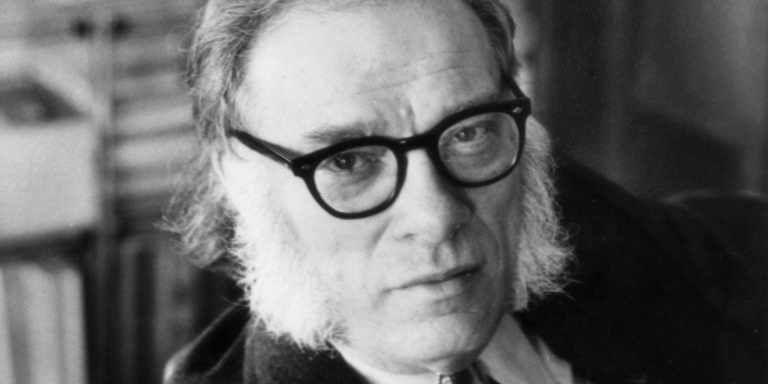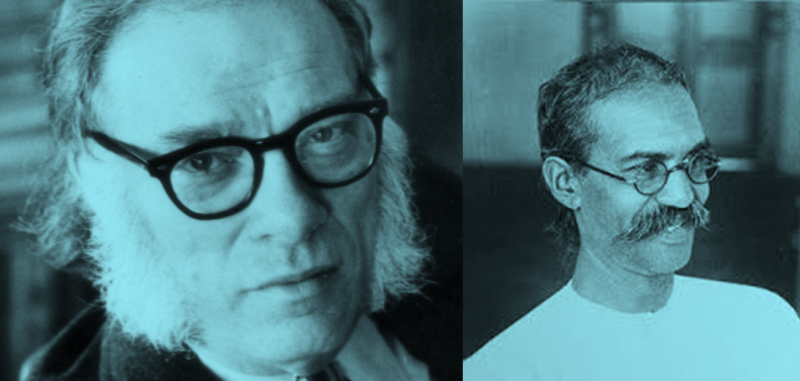SPECIAL ESSAY
“The story – from Rapunzel to War and Peace – is one of the basic tools invented by the human mind, for the purpose of gaining understanding. There have been great societies that did not use the wheel, but there have been no societies that did not tell stories.” – Ursula K. Le Guin
Arvind Gupta did a B. Tech from IIT, Kanpur (1975). He left a corporate job to pursue his passion – making science fun for children. He has written 30 books on science activities, translated 400 books into Hindi and presented 125 films on science activities on Doordarshan.
[dropcap]T[/dropcap]hroughout history, cultures have revered those individuals who carried their culture’s stories and oral history. Stories were told and retold by generations. Many classics were kept alive as oral stories for generation and were written down much later.
Tens of thousands of years ago, living in caves we were still telling one another stories.
Now, thousands of years later, when our species teems across the globe, most of us still enjoy myths about the origins of things, and we still thrill to an astonishing range of stories. Storytelling seems to be a universal human activity. From tales of battles told around a fire to multi-million dollar blockbuster movies, from stories that lull children to sleep we tell stories throughout our lives. As far as we know not only is story telling universal to human beings but it is also unique to our species.
Nature perhaps designed us to enjoy stories. Fiction is an ancient virtual reality technology that specializes in simulating human problems. There is no doubt that a compelling story can have a powerful impact. Even the most unsentimental among us has been moved by a novel, movie, or song.
Divaswapna

“Divaswapna” is an Indian classic on education. Written in 1928 by Gijubhai Badheka it tells the story of a teacher battling an unruly classroom. When the teacher fails to maintain calm and quite he finally decides to give his class children a holiday. As the children troupe out of the classroom the teacher asks, “You are welcome to go home. But if you allow me, I would like to tell you a story.” All children love stories. So they agree. The story begins, “There was a king with seven palaces…” Where there was complete chaos earlier, now there was pin drop silence.
The story goes on for a few hours until it was time for the school to get over. The children of the other classes run out of their classes with their satchels. But the children listening to the story with rapt attention request their teacher, “Please don’t cut short the story. Please make it long.” The whole of next week the teacher piles the children with stories and stories. Finally, there is peace in the classroom.
Now if some truant makes noise, the other children snub him and tell him not to play mischief. The children were so absorbed in the story that they wanted no disturbance. Every day the children demand more stories. As the children loved stories so the teacher requested them not to buy the three prescribed school textbooks that year. “It would be a shame if we all fifty students in the class have the same text books,” said the teacher, “Instead of textbooks I will buy 150 illustrated children’s story books which you will love to read.” So, the teacher does away with textbooks, and instead starts a classroom library with the children’s own money!
Isaac Asimov

Isaac Asimov was one of the greatest science writers. Though he is more famous for his science fiction, his popular books on science are simple adorable. Bereft of formulae and equations they paint a picture of a science concept in simple words – almost like a well told story.
In most science classes’ little children are bombarded with scientific verbiage and meaningless terms, which they can scarcely pronounce much less, understand. The horrendous way science and math is taught in schools, it’s no wonder most children start hating them. Asimov never took anything for granted and always started with the basics.
He would start by explaining the genesis of every technical term. Next, he showed how to pronounce them. Unless children could pronounce it, how could s/he become friends with it? Asimov was essentially a great story teller. In a very lucid style he told stories from the history of science – its discoveries and inventions. You could see how things came to be – before the final discovery happened there were so many failed attempts. His science books could beat any mystery-murder thriller.
A Parable goes to the heart
Religions have always known the power of stories. If you wished people to understand a concept, then abstruse theories and boring lectures were not good. Many religions Hinduism, Sufism, Buddhist and Zen tell them through stories and parables. They go straight to the heart. Here is a sample from Buddhism the story of the Monk and the Woman:
Two Buddhist monks, on their way to the monastery, found an exceedingly beautiful woman at the river bank. Like them, she wanted to cross the river, but the water was too high. So one of them took her across the river on his shoulders. The other was thoroughly scandalized. For two hours he scolded the offender for his breach of the Rule: Had he forgotten he was a monk? How had he dared to touch the woman? And worse, carry her over the river? And what would people say? Had he not disgraced their holy Religion? And so on. The victim took it gamely. At the end of the lecture he said, “Brother, I dropped that woman at the river. Are you carrying her still?”
Boring PPTs
PPT or power point presentations have been a rage for the past 20-years. In seminars and conferences, poor speakers often read aloud from their power points, boring their listeners to death. The founder of the biggest corporation in the world that is Amazon’s founder – Jeff Bezos has just banned PPT presentation in his organization. Jeff Bezos a clever man realized that Bullet Points were the least effective ways of sharing ideas. Also, human brains are hardwired for narratives. In brief Jeff Bezos was trying to say, “To hell with boring facts! We need inspiring stories!” Indeed stories are persuasive.
Stories benefit learning; some are of particular value in the science classroom: enhancing students’ imagination and ability to visualize abstractions, enhancing critical and creative thinking, seeing stories as a mirror of the human experience. The emotional resonance resulting from a rich imaginative experience has been shown to enhance memory and learning. The more meaningful and compelling an event is, the faster that experience is incorporated as a memory. And, emotionally intense memories are more likely to be retained.
Children try to make sense of the world. A good science teacher seldom answers questions. That would be akin to doling out facts. A good teacher in turn asks the child another question, and then another, and finally the questions help the child seek the answer. Where did all these toxins come into the Yamuna? Or what caused the contamination? Children are more interested in questions which affect their own lives. The children will come up with various theories and sometimes wild answers. A good teacher will build upon the children’s notions and answers. The most important element is to ask questions and not answer them, prompting students to wonder about the world around them.
Stories help students imagine and empathize with the human experience. Renowned child psychologist Bruno Bettelheim said fairy tales are, at their heart, an examination of the human condition. They are a way of teaching children how adults navigate the world, solve problems, and make sense of our experiences. As noted earlier, stories can be thought of as a “flight simulator” for real life.
A science teacher may not use the Jataka or Panchtantra tales as a learning tool in her class. But she certainly can use stories to highlight the intellectual struggle to understand the natural world. Consider the struggle of scientists like Copernicus and Galileo to fight religious orthodoxy. Bruno was burnt at the stake and many scientists had to die at the hands of religious and political zealots.
A well-told story engages student’s interest and attention.
It could be argued that at school or college some of the informational lectures could be substituted with stories. The lecture method has been frequently criticized as an “inefficient and out-dated form of communication” particularly in the age of the Internet and the ubiquity of online information. A traditional lecture moves form one point to another in a linear “steamroller” fashion whereas stories by their very nature connect to listeners’ knowledge and ideas and “hang together” internally because of linkages between the characters in the story, the plot of the story, and the setting .
Language is unique to Homo sapiens – it has allowed us to survive and thrive as a species and has enabled our complex and diverse cultures to flourish. Language allows us to express ideas, explore our imagination, and to create an internal image of the world that allows us to see beyond ourselves.
Science is a way to understand that world. In an academic context, science is often seen as being at odds with the humanities. On the contrary, far from being mutually exclusive, the rational, reasonable world of science is closely aligned with what makes us human. In line with this the Yashpal Committee to upgrade the IITs strongly recommended poets, writers, musicians in residence.













